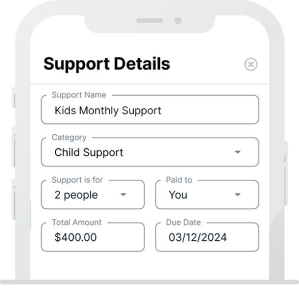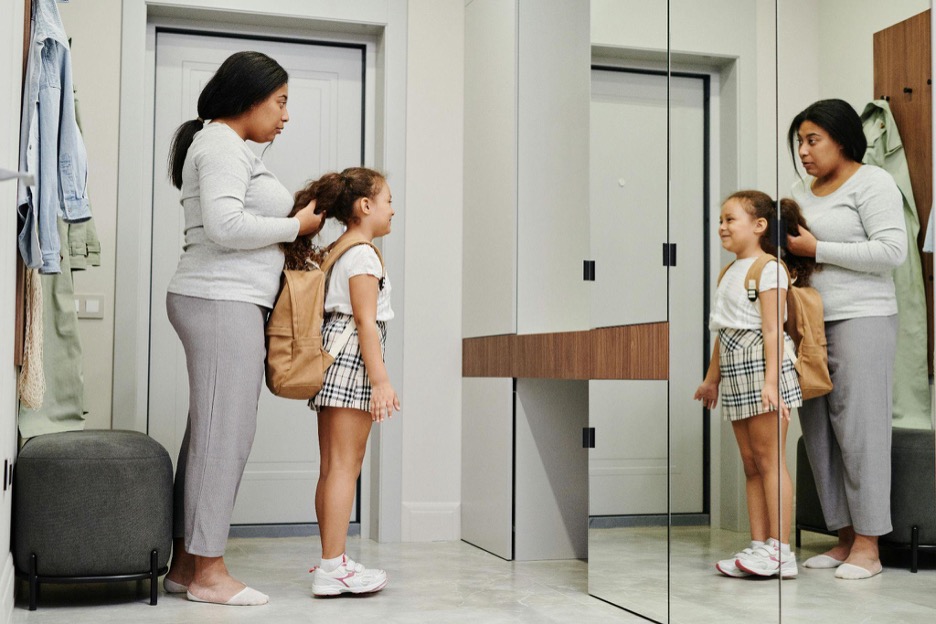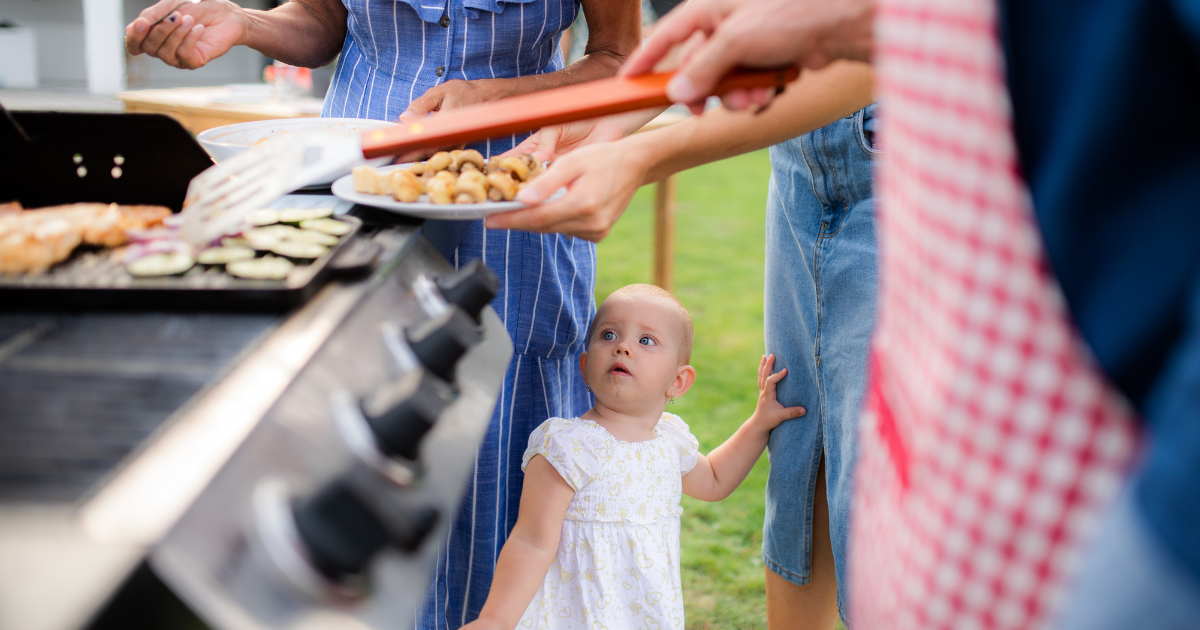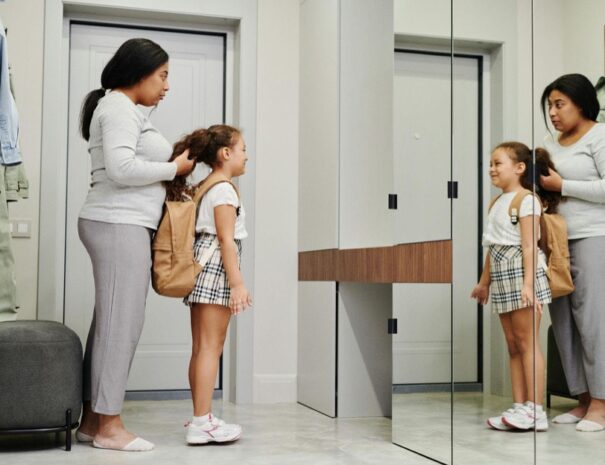Co-Parenting with Different Parenting Styles: Tips for Peace
Co-parenting after separation or divorce can be tough, especially when you have different parenting styles. But by communicating, respecting and compromising, you can create an environment that supports your child’s healthy being and development. Whether one parent is more authoritarian and the other is permissive, or your discipline strategies don’t always align, you can work through these differences. This article will show you how to reconcile parenting styles for stability and harmony for your child.
Different Parenting Styles
Parenting is influenced by many things, such as upbringing, culture, and personal beliefs. So, parents have different styles and approaches. Here are some common styles and what they look like in practice:
Authoritarian vs Permissive Parenting
- Authoritarian: Parents who parent this way set clear rules and expectations. They provide structure and are responsive to their child’s needs. They are firm and warm.
- Permissive: Permissive parents are more laid back. They may not impose strict rules and give children more freedom to make decisions. They are more indulgent and less controlling.
The key is communication. Both parents should express their values and goals and work together to find a middle ground where their approaches can complement each other.
Discipline Strategies
Discipline can be a hot topic. One parent may be strict, using consequences like timeouts or grounding, while the other is more positive reinforcement—praising good behavior instead of punishing bad behavior.
Understanding how both approaches work is critical to co-parenting. Research shows positive reinforcement has long-term benefits for children, but in certain situations, having strict rules can be helpful for a child’s development. By discussing these strategies and agreeing on a discipline plan, you can ensure your child gets consistent messages about expectations and behavior. For example, setting clear rules around screen time or bedtime routines can create a sense of structure.
Compromise and Consistency
Consistency is key to giving children a stable and secure environment in any co-parenting situation. Children thrive when they know what to expect from both parents, even if they have different parenting styles.
- Open Dialogue: Talking about Parenting
One of the best ways to ensure consistency in co-parenting is to have regular open conversations with your co-parent. Discuss your philosophies, goals and concerns. This way, you’re both on the same page, and that’s good for your child’s emotional well-being. Read more about communication in co-parenting.
- Find Middle Ground: Compromise Without Losing Your Way
It would help if you found areas where you can compromise without compromising your values. For example, both parents may agree that screen time needs to be limited. Still, one may want to allow it on weekends, while the other wants it only after homework is done.
Bedtime routines can also be an area of compromise. One parent may want an early bedtime, while the other may want a more relaxed approach. The key is to find a system that works for both of you and your child’s needs.
- Present a United Front
When it comes to big decisions like discipline or education, both parents must present a united front. This doesn’t mean you have to agree on everything. Still, when it comes to big decisions like enforcing rules or education choices, children will feel more secure when both parents are on the same page. Here are ways to present a united co-parenting front.
Each Other’s Parenting Styles
Respect is crucial to co-parenting. While different parenting styles are inevitable, acknowledging and respecting each other’s approaches will go a long way in building a collaborative relationship.
- Acknowledge the Good in Each Style
Different parenting styles can work together. For example, one parent may be structured and rules, while the other is emotional and flexible. These differences give children different perspectives and help them develop skills like adaptability, empathy and decision-making.
A good relationship between parents can bring out these complementary traits and give your child the structure they need and the emotional support they require. Read more about balanced parenting.
- Don’t Criticize Each Other in Front of the Children
It’s important not to criticize your co-parent in front of your child. When one parent undermines the other, it creates confusion and emotional distress for the child. Instead, have private conversations about your disagreements and try to resolve them constructively. Create a culture of respect, and your children will model that behavior.
Co-Parenting Plan: Structure and Flexibility
One of the most useful tools for parents with different parenting styles is a clear co-parenting plan. This plan should outline both parents’ roles, responsibilities, and expectations for the child. You need to balance structure with flexibility to accommodate changing circumstances.
- Roles and Responsibilities
A good co-parenting plan defines clear roles for each parent, including custody arrangements, visitation schedules and responsibilities for decisions like healthcare, education and extracurricular activities.
The more you clarify, the less room for miscommunication. For example, one parent may be responsible for school pickups while the other is responsible for medical appointments. These defined roles will help you work more as a team.
- Flexibility is Important
While it’s good to define roles, life is unpredictable. Children grow, and their needs change, so you need to be flexible. For example, as your child goes through different stages of development, their activities, school schedule and needs will change. You and your co-parent should be willing to revisit and adjust the co-parenting plan regularly. Read more about flexible co-parenting here.
Seeking Help and Mediation
If you and your co-parent can’t agree, professional help can make a big difference. Mediation is a way to manage conflict and develop co-parenting strategies.
- Professional Mediators: Neutral Third Party
A mediator can help facilitate communication and find common ground when parents can’t agree. Mediators are trained professionals who can guide you through tough conversations and ensure both parents are heard. The aim is to come to an agreement that puts your child first.
- Put the Child First
Most importantly, remember the child’s well-being should be the focus. All co-parenting decisions should be made with the child’s emotional health and stability in mind. A child-centered approach will ensure that the differences between parents won’t impact the child’s sense of security or self-esteem.
Check out these co-parenting resources for more help.
Building a Positive Co-Parenting Relationship
Co-parenting with different parenting styles requires patience, compromise and respect. You need to understand each other’s strengths, find common ground where you can and create consistency for your child. With clear communication and the right tools, like a co-parenting plan and professional help, you can create a healthy and stable environment for your child to grow.
Don’t forget to win or impose your parenting style on the other parent, work together for the child. With time, patience and respect, you can co-parent and lay the groundwork for your child’s future.









